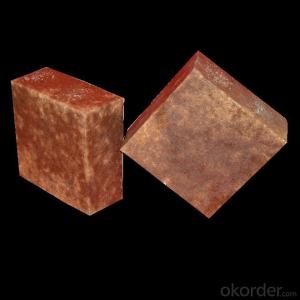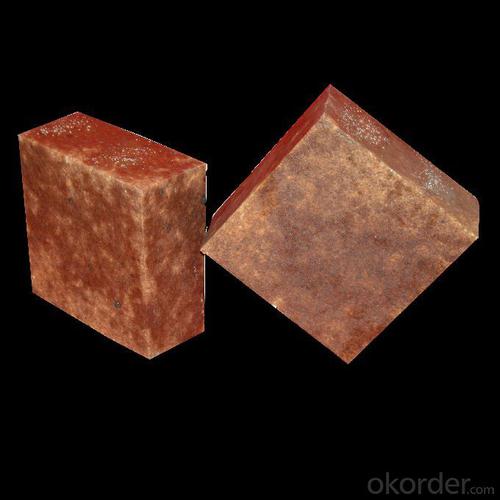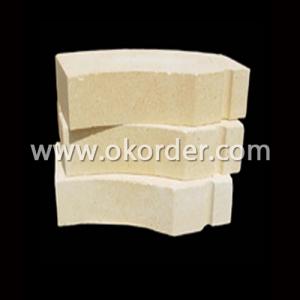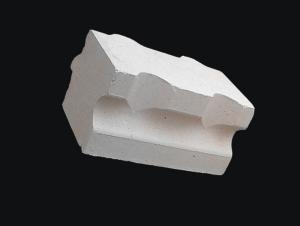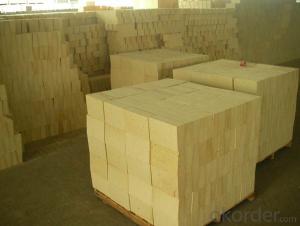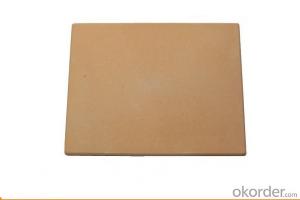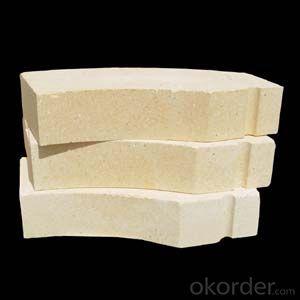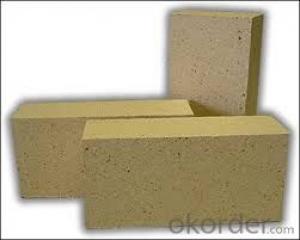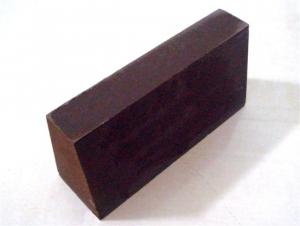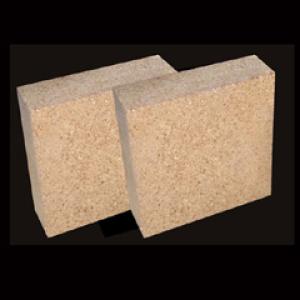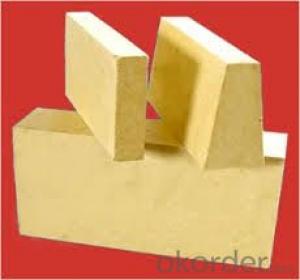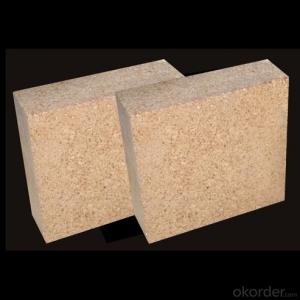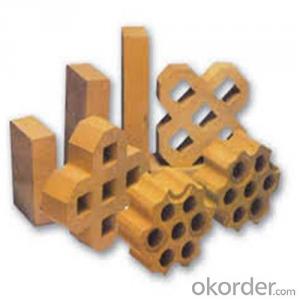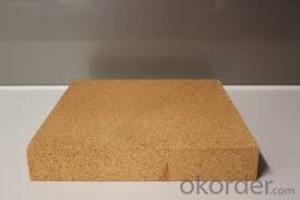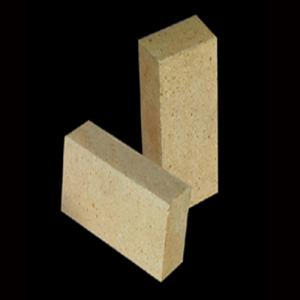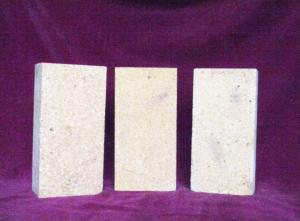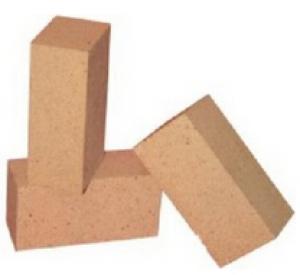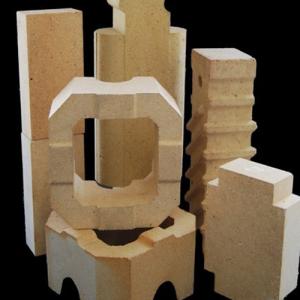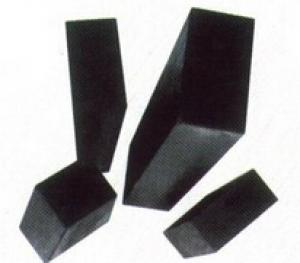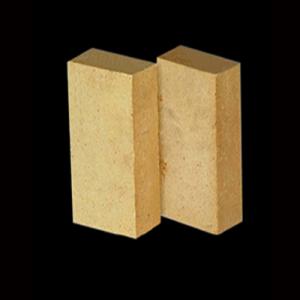High Alumina Magnesite Brick for Cement and Glass Plant
- Loading Port:
- Tianjin
- Payment Terms:
- TT OR LC
- Min Order Qty:
- 1 m.t.
- Supply Capability:
- 2000 m.t./month
OKorder Service Pledge
OKorder Financial Service
You Might Also Like
Description of Magnesite Brick
Magnesite Brick for Cement and Glass Plant are designed and manufactured as per the different usage parts and working conditions of electric furnace, converter and ladle. Magnesite Brick is shaped by high purity & high compact or large crystalline fused magnesia and high purity graphite as main materials and phenolic resin as binder.
Magnesite Brick is mainly applied for the lining parts of electric furnace and converter. Directly touching molten steel and slag, Magnesite Brick has the advantages of high strength, high slag resistance, good thermal stability and high refractoriness.
Specifications for Magnesite Brick
| Product Item | Magnesite Brick for Cement and Glass Plant | |
| KBL-65 | KBL-75 | |
| Al2O3 % | >65 | >75 |
| Fe2O3 % | 2.0 | 2.0 |
| Refractoriness °C | 1790 | 1790 |
| Apparent porosity % | 24 | 24 |
| Bulk density g/cm3 | 2.45 | 2.55 |
| Cold crushing strength Mpa | 45 | 55 |
| Refractoriness under load KD,°C | 1500 | 1520 |
| Reheating Linear Change % | 1500°C×2h (0.1~-0.2) | 1520°C×2h (0.1~-0.4) |
| Thermal shock resistance ,times (1100°C water cool) | 18 | 15 |
| Application | Industrial furnace temperature sharp parts | Industrial furnace temperature sharp parts |
Features of Magnesite Brick
Low bulk density, low thermal conductivity, good thermal insulation performance.
Refractory category allow direct contact of fire, suitable for various atmosphere.
Good integrity with furnace lining, long service life, easy operation, could be shaped freely.
Typical Application of Magnesite Brick
Furnaces of metallurgy industry, heat treatment furnace.
Furnaces of chemical industry and construction industry.
Furnace of incineration of garbage, recirculating fluidized bed furnace .
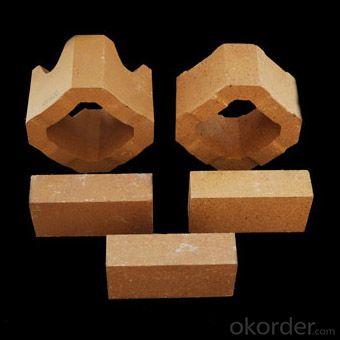
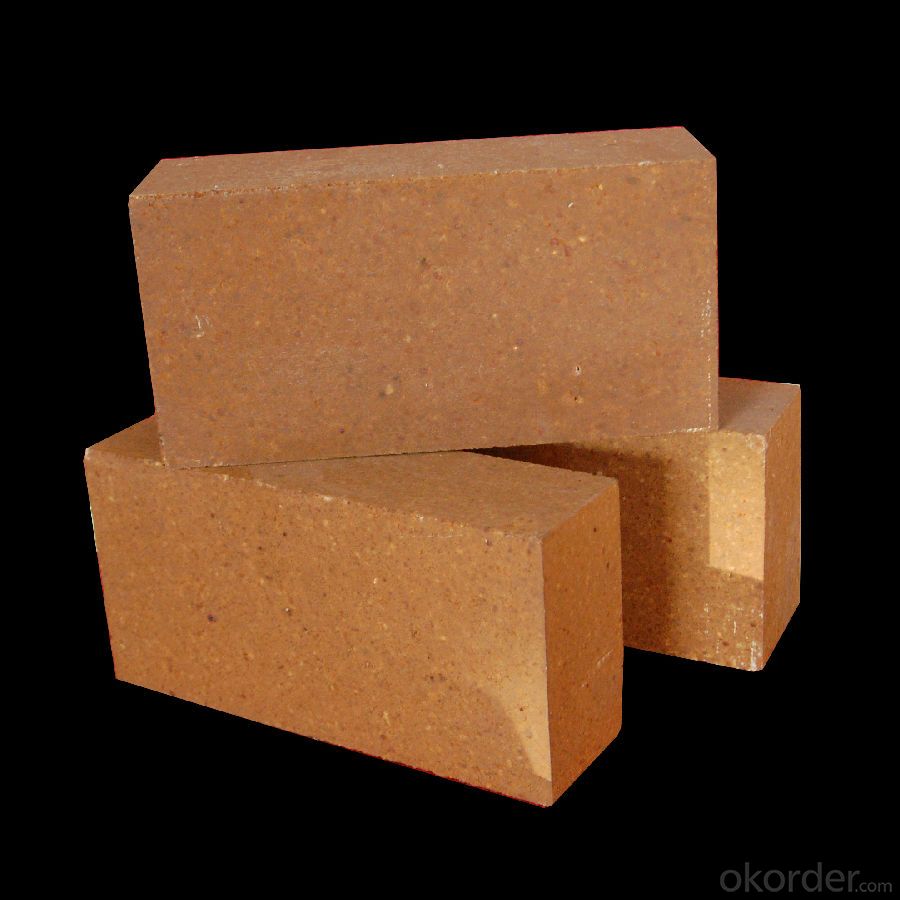
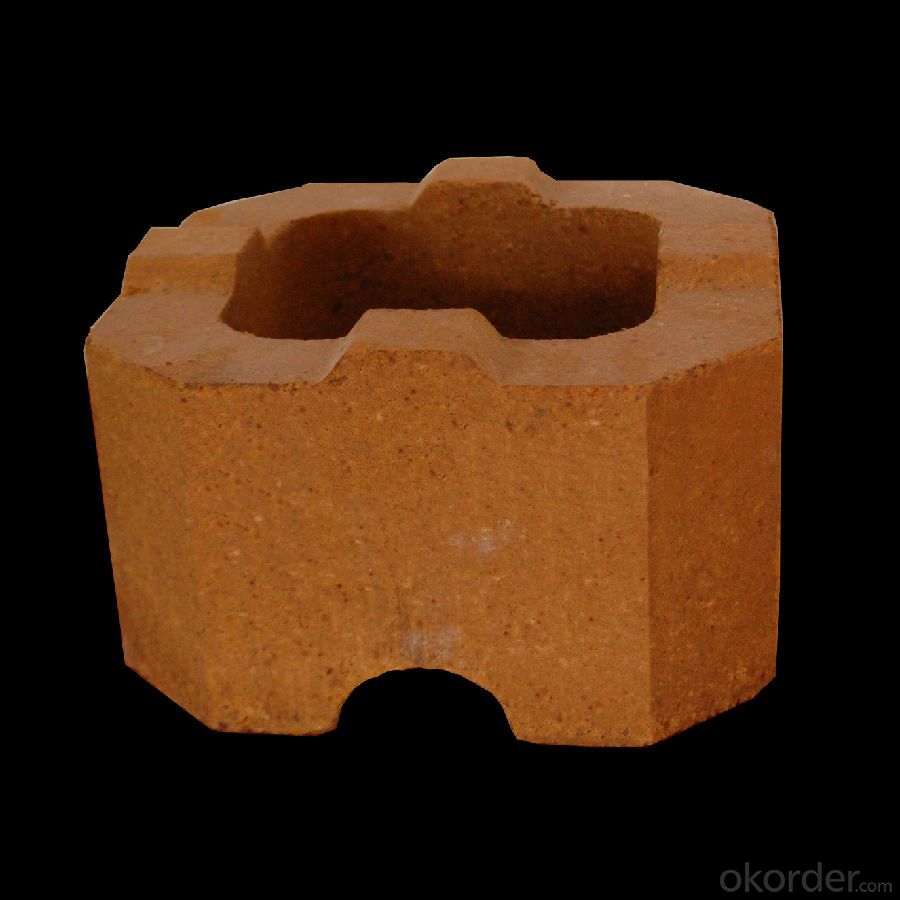
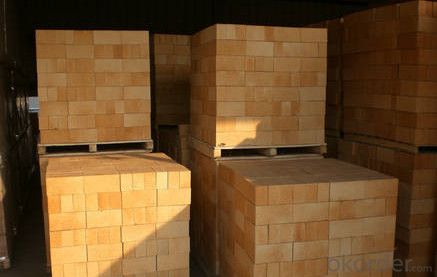
- Q: Is there a big difference between two high alumina brick and one high alumina brick?
- The difference between the two kinds of high alumina bricks is great. I perennial in Zhengzhou was responsible for the production and sale of colt refractories
- Q: What refractory material does cupola lining use?
- Materials defined as physical and chemical properties that allow them to be used in a high temperature environment are called refractory materials. Refractory materials are widely used in metallurgy, chemical, petroleum, machinery manufacturing, silicate, power and other industrial fields, the largest amount of metallurgical industry, accounting for 50% ~ 60% of the total output.
- Q: What are the characteristics of high alumina bricks?
- High thermal stability, fire resistance above 1770. Slag resistance is good, used for masonry steel smelting furnace, glass furnace, cement rotary furnace lining. High R.U.L, low creep high alumina brick with high grade bauxite, fused corundum, fused mullite as main raw material of high-grade refractory materials.
- Q: How to reduce porosity of high alumina brick
- In order to reduce the porosity of high alumina brick, the corresponding measures should be taken from the selection of raw materials, batching, mixing, molding and firing.
- Q: What are the requirements for refractory materials in heat treatment furnace?
- The structural strength of high temperature is evaluated by loading softening point. Load softening point is that under certain pressure (2 kg/ cm 2 = 0.2MPa) under the condition of heating rate to heating, measured the sample deformation (deformation for the original sample 0.6%) temperature. This temperature is called the softening point of the refractory. Sample size is Phi 36 x 50mm.
- Q: The difference between light high alumina brick and heavy aluminum brick
- Lightweight high alumina brick, also called high alumina insulation brick. Alumina content of 48% or more, mainly from mullite and glass phase or corundum composition of lightweight refractory. Volume density 0.4 - 1.35g/cm3. Porosity 66% - 73%, compressive strength 1 - 8MPa. Better thermal shock resistance. Usually, a high alumina clinker is added with a small amount of clay. After grinding, it is poured and shaped in the form of slurry by gas generation or foam method, and it is fired at 1300 - 1500 DEG C. Sometimes industrial alumina can be used instead of some bauxite clinker. Used for lining and insulation of masonry kilns, as well as for areas where there is no strong, high temperature molten material erosion and erosion. When contacting the flame directly, the surface contact temperature shall not be higher than 1350 degrees centigrade.
- Q: Is glass wool inorganic thermal insulation material?
- Yes, glass wool belongs to one kind of glass fiber. It is a kind of man-made inorganic fiber. Therefore, in the field of thermal insulation materials classified as inorganic insulation materials.
- Q: What is the difference between fireclay bricks and high alumina refractory bricks?
- High alumina brick is one of refractory materials. The main component of this kind of refractory brick is AL2O3.
- Q: What is the difference between metal compounds and metal solid solutions?
- A series of intermetallic compounds occurring between transition metals in intermetallic compounds. The most important are L sigma sigma phase and ves phase, they are topologically close packed (TcP) phase, they consist of a small atomic radius of a dense layer, which is inlaid with a large atomic radius of atomic structure, this is a highly dense pile. In addition to atomic size factors, their formation is also influenced by the concentration of electrons.
- Q: How can the refractory brick blast furnace be pulverized and pulverized enough not to be taken away by the wind?
- Top burning type hot blast stoveIt means that the burner is installed on the top of the hot blast furnace of the iron making equipment, and it does not need a special combustion chamber in the vault space. It is also called a non combustion chamber type hot blast stove.
Send your message to us
High Alumina Magnesite Brick for Cement and Glass Plant
- Loading Port:
- Tianjin
- Payment Terms:
- TT OR LC
- Min Order Qty:
- 1 m.t.
- Supply Capability:
- 2000 m.t./month
OKorder Service Pledge
OKorder Financial Service
Similar products
Hot products
Hot Searches
Related keywords
